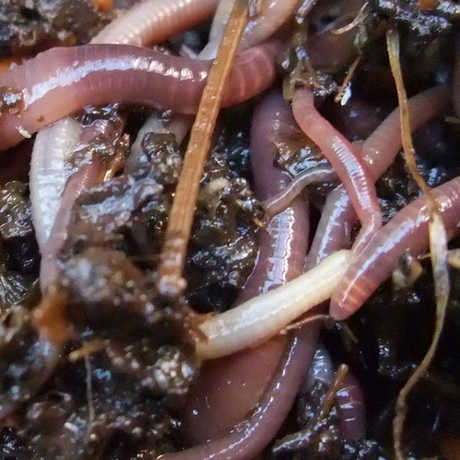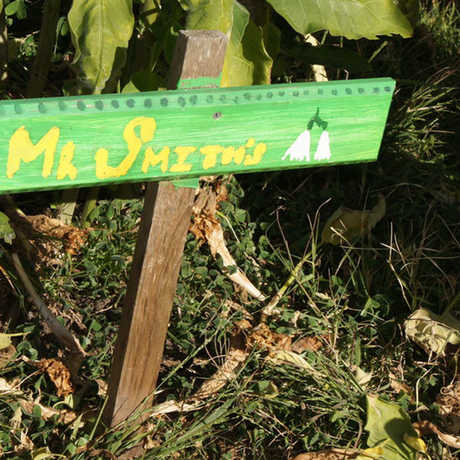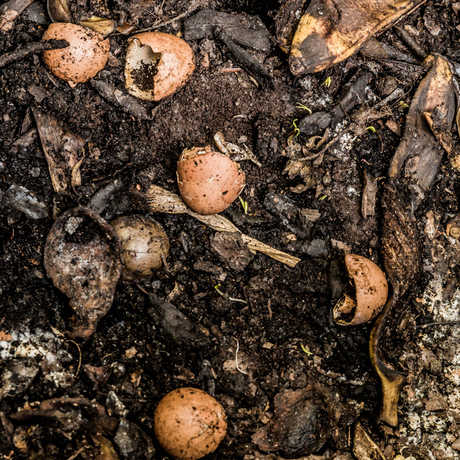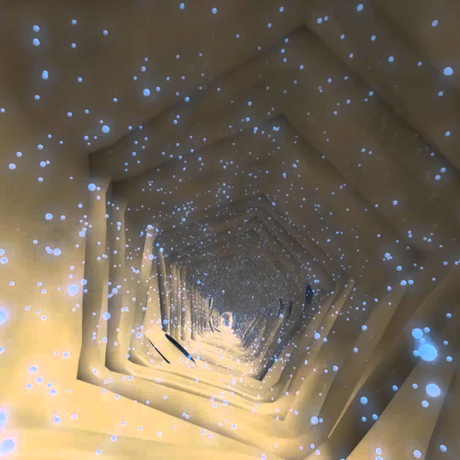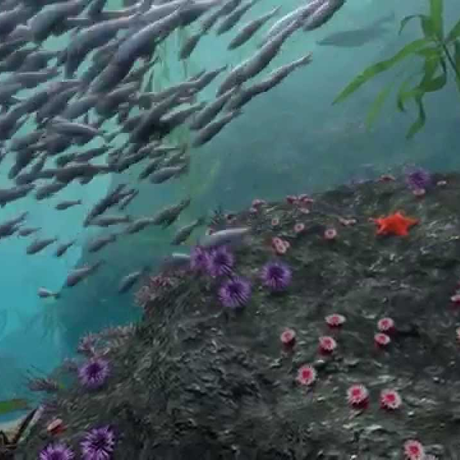"I would like to show our 4th grade students the Soil Beneath Our Feet video, as part of our lesson on decomposers--to better provide visual representation of how microorganisms and fungi go about their business." -Informal Science Educator from Sonoma, CA
"The videos are visually engaging, helping to illustrate ideas that are fairly abstract for intermediate grade levels: photosynthesis and transpiration for example, as well as the idea that ecosystems range from the vast spaces of a kelp forest to the tiny world of microbes at a tree's base in the soil." -Grades 1-6 Science Specialist from Fremont, CA
"I would love to use some of the videos and guiding questions as a way to provide connections to real-world phenomenon." -High School Life and Physical Science Student Teacher from Berkeley, CA
Have an idea you'd like us to post on this page? Email us.
Visualizations based on aggregated data provide the unique opportunity to engage your students in various Science Practices highlighted in the Next Generation Science Standards, including asking questions, analyzing and interpreting data, and constructing explanations. As an example, Academy educators developed sample activities such as this one and this one.

